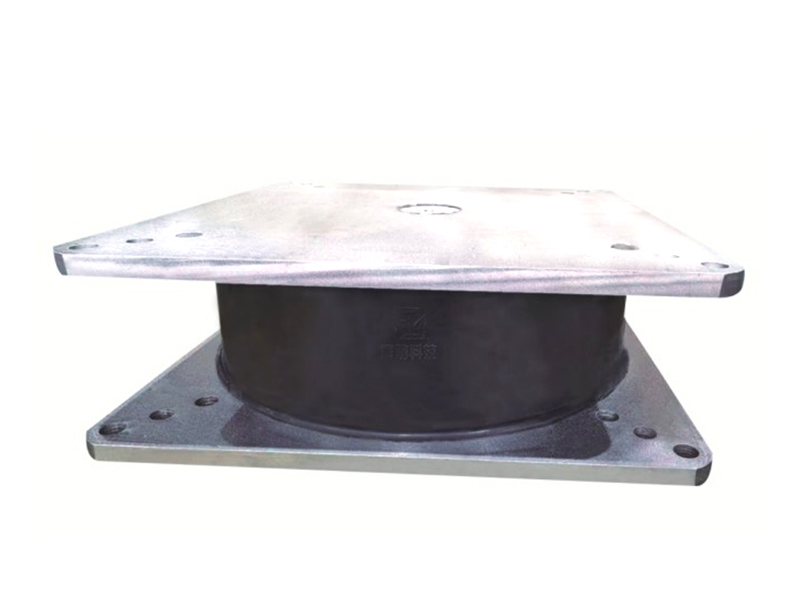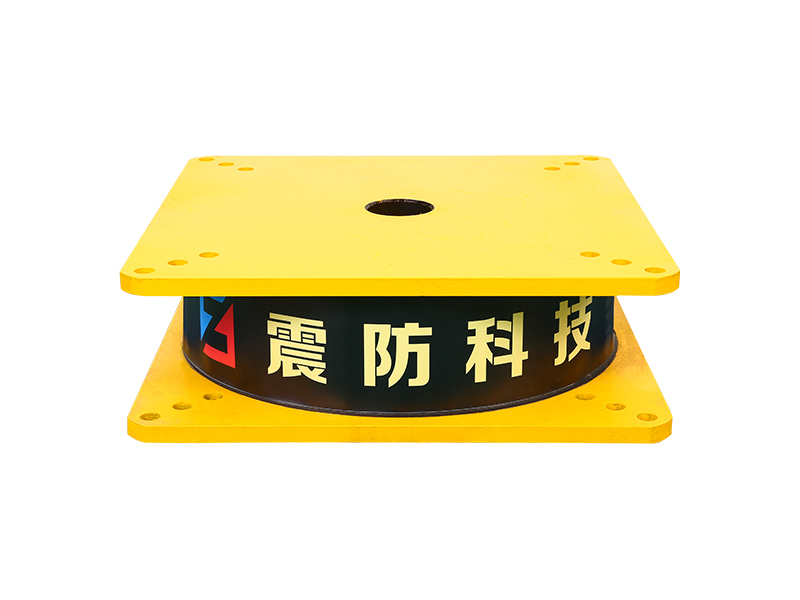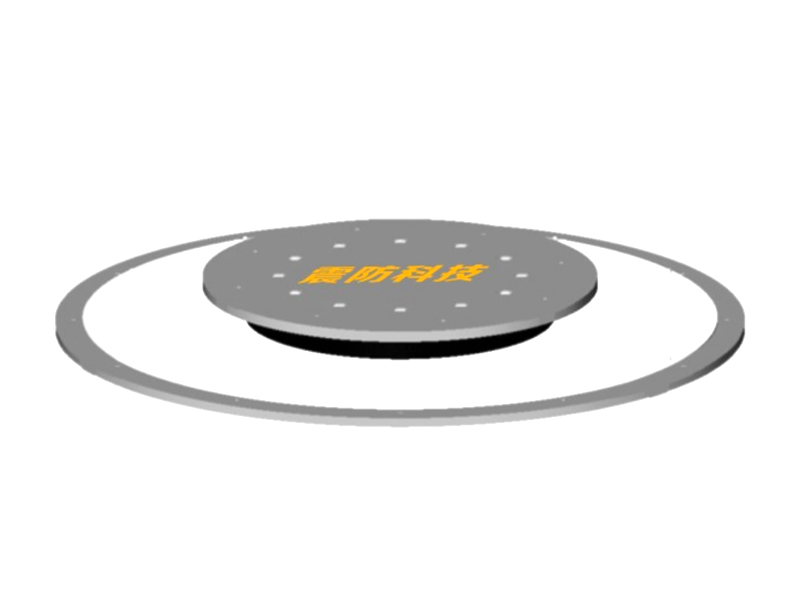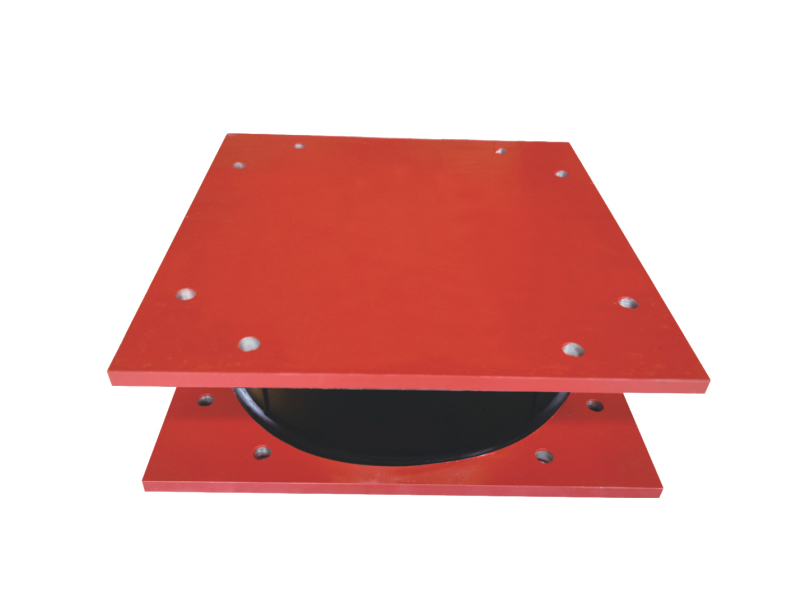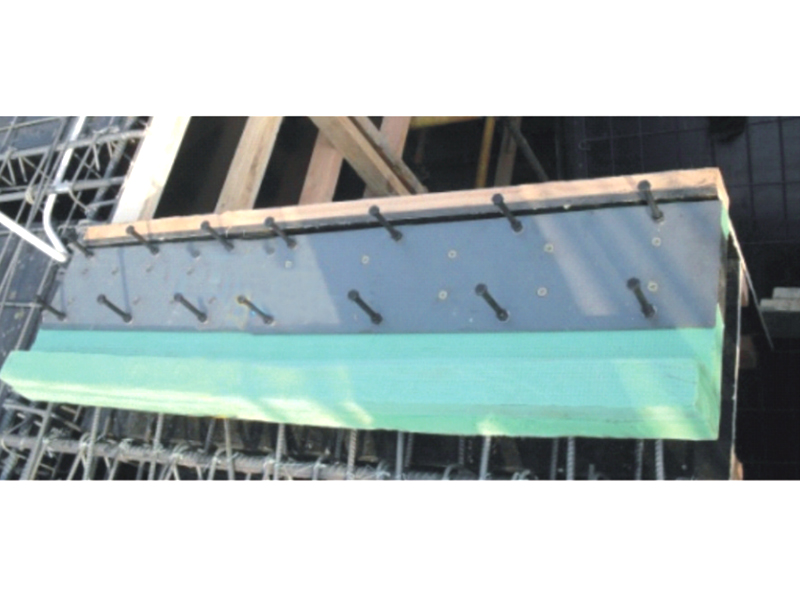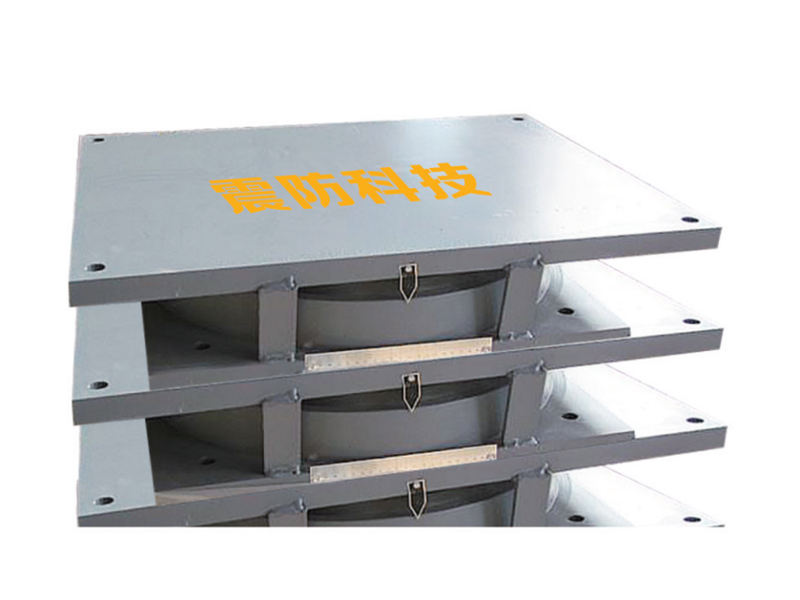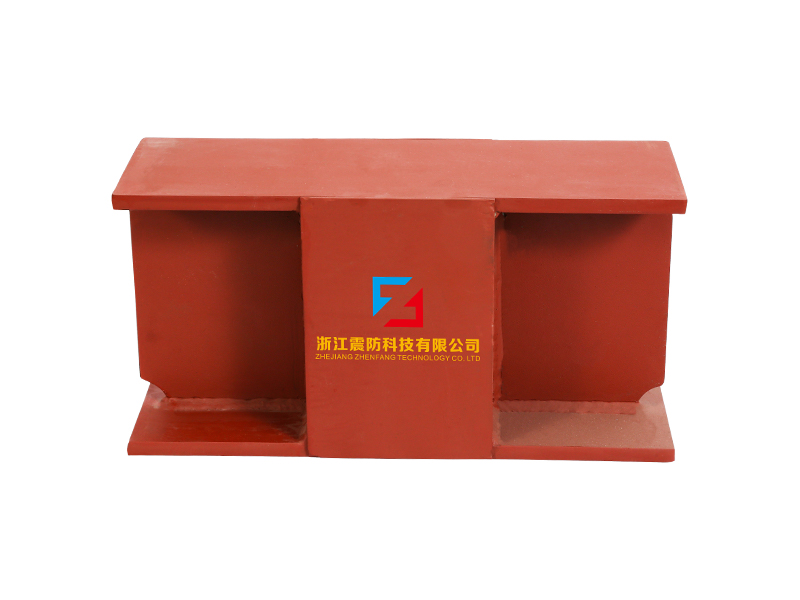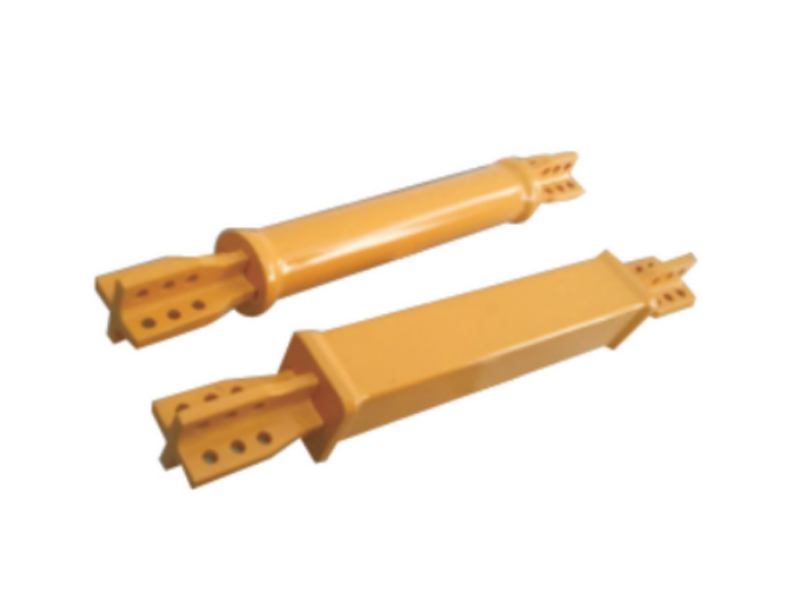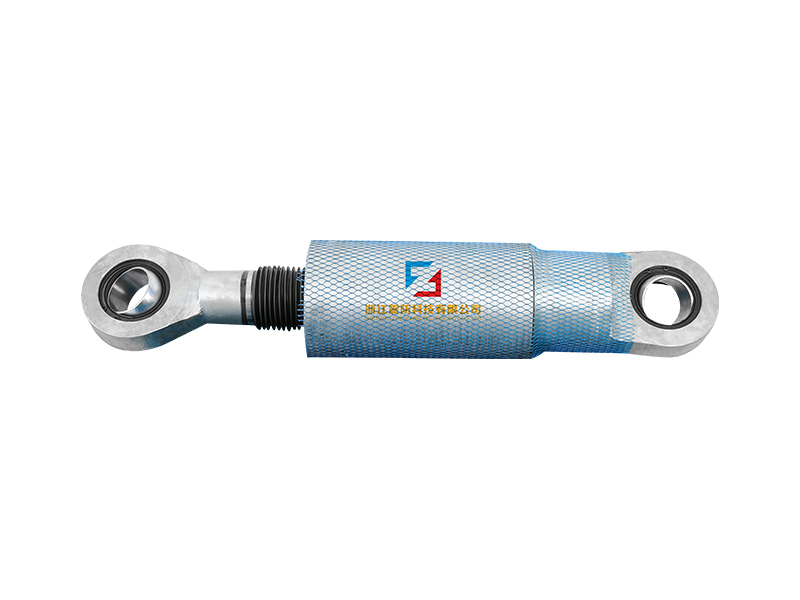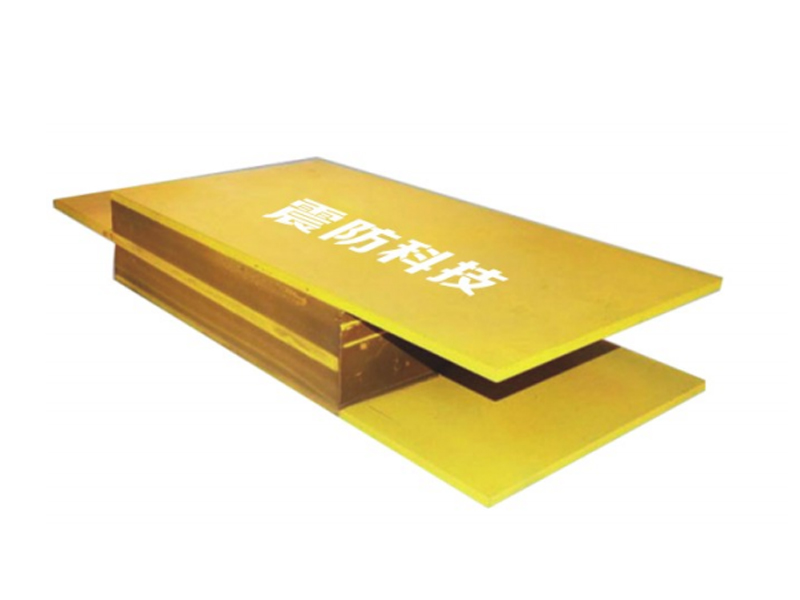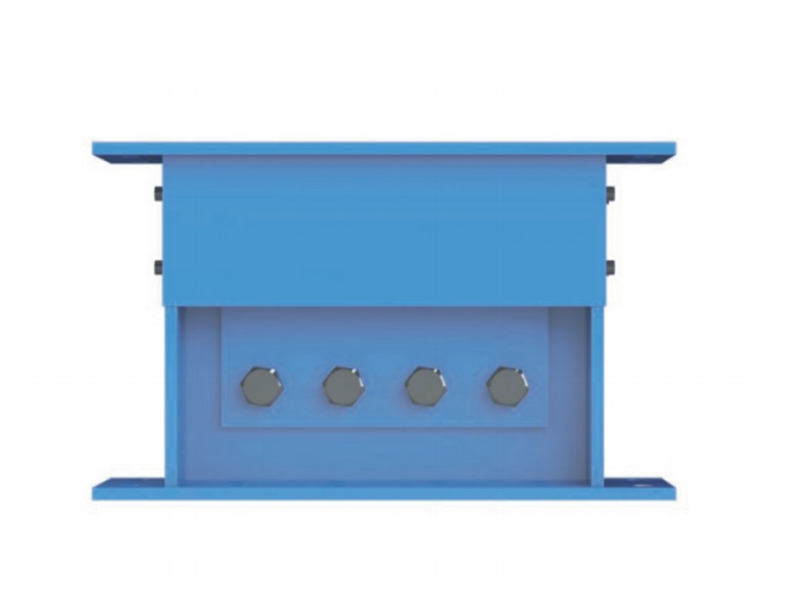If you're a machinist, you're probably aware of the importance of an Isolation Rubber Bearing. The reason for this is that this type of bearing is crucial to the operation of machinery.
As the name implies, the isolation property of an isolator is the ability to absorb the induced energy. The displacement caused by a seismic event is measured as the axis of rotation moves along the isolator. It is possible to obtain this data by measuring the acceleration, deceleration, and vertical displacement. The displacement time history is obtained by double integrating the accelerogram data from an earthquake, such as the one that happened in the Imperial valley in 1940. The data was applied in 31 load steps of one second, which enabled us to determine the bearing's capacity for vertical isolation.
Another major advantage of isolating a structure's base from the ground is a more effective way to protect the structure during an earthquake. While rubber bearings do not require a top fixing plate, they can be connected without it. This can save up to 23% of the cost of a standard rubber bearing and meet all safety requirements. But when a strong earthquake strikes, these bearings will protect the structure from damage caused by the shaking.
The mechanical properties of an isolation rubber bearing are affected by aging and environmental effects. Degradation and vulcanization constantly alter the mechanical properties of the isolator. Degradation causes a significant drop in performance. Thermal oxidation is the biggest degradation factor. It hardens the material, which reduces its strength. A combination of these factors can lead to significantly different performance. This makes it crucial to understand how isolation rubber bearings are characterized.
Lead-core vibration isolation rubber bearings have a laminated structure of a steel plate and rubber. They are available in both round and rectangular shapes. A series of LRBs is suitable for vertical or horizontal load transfer. The LRB series is ideal for seismic isolation. Its laminated design is made of rubber, lead core, and a stiffened steel plate. If you need an isolated bearing with a lead core, you can contact us today.
An innovative rubber bearing has been developed to eliminate uneven settlement. The thickness of the rubber layer is increased to increase its vertical isolation. Vertical ducts are set up with prestress tendons to ensure the proper alignment of the bearing. This new type of bearing also has many benefits. It eliminates uneven settlement of the structure. So, before you decide to buy an Isolation Rubber Bearing, it's worth researching its durability. You'll be glad you did!
The main purpose of this research is to develop a nonlinear analytical model for PRB deformation. This model shows the displacement, peak stress, and ratio of maximum to design displacement. The results of this study will guide your purchase of the bearing. This study is intended for engineers and designers. They can use this model to determine the best design and construction for your machine. It will provide a comprehensive understanding of how isolators work.
A lead-core isolation rubber bearing is a composite of a rubber and steel bearing. 90% of LRB isolators contain a lead core to dissipate energy. As a result, the rubber in an LRB is flexible and soft laterally, while stiff in the vertical direction. In addition, the lead core damps vibration while moving laterally. Its precise tolerances allow it to support significant axial loads.
The initial horizontal stiffness of a PRB is determined by the height of the bearing and the vertical load. As the vertical load increases, its horizontal stiffness decreases as well. The second order bending moment increases as well, reducing the capacity of a PRB to resist horizontal forces. Once the vertical load reaches its critical value, the bearing buckles. The next step is to design the perfect PRB for your machine.
When designing a PRB, it's crucial to understand the forces that will be transmitted to it by gravity and prestress. This forces the bearing to shorten horizontally. The vertical load decreases the vertical load by a factor of three. The result is the vertical load equals the horizontal load. Once the vertical load is equal to the horizontal load, the PRB becomes more rigid. To improve its horizontal stiffness, a higher vertical displacement is required.
